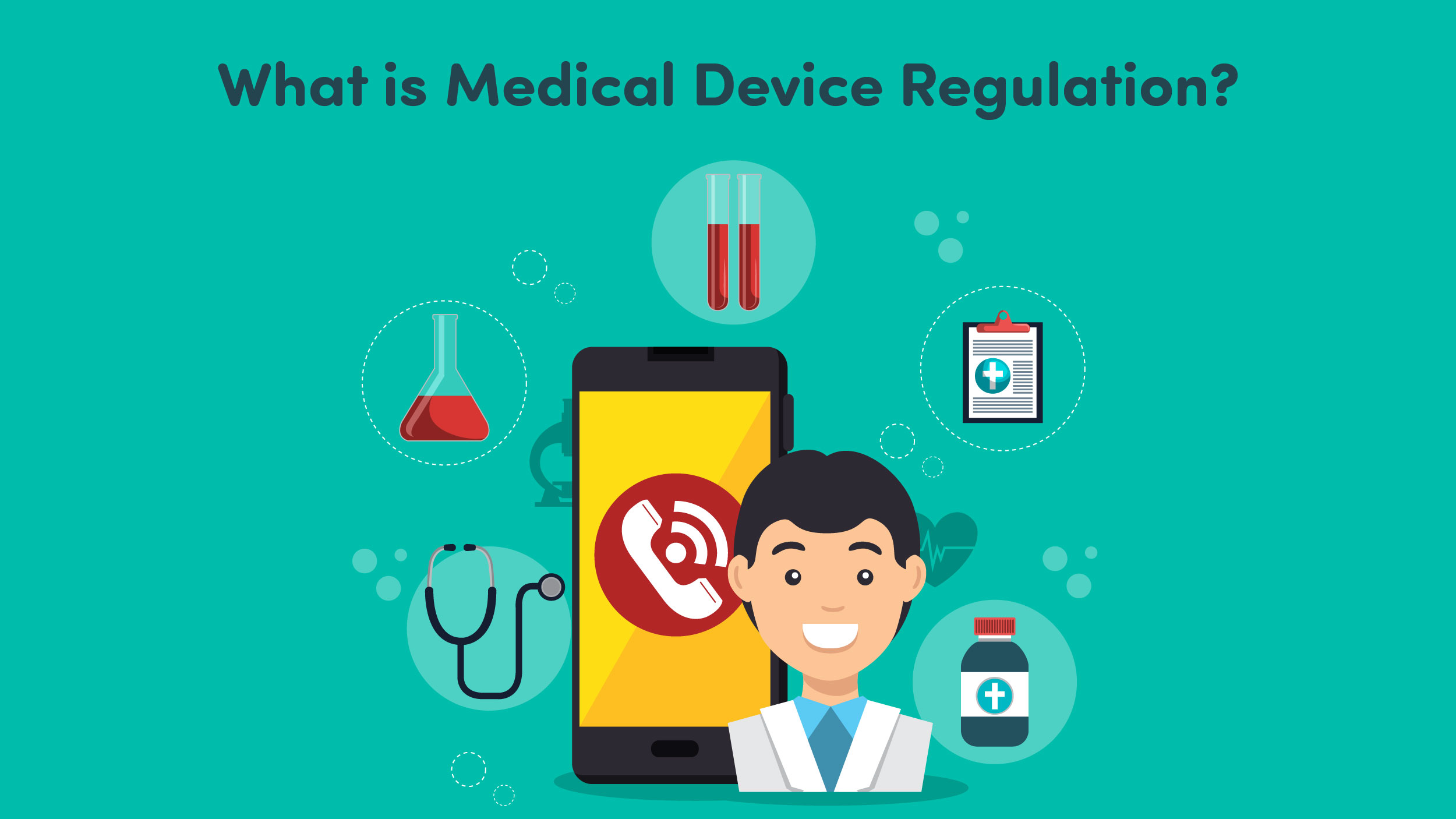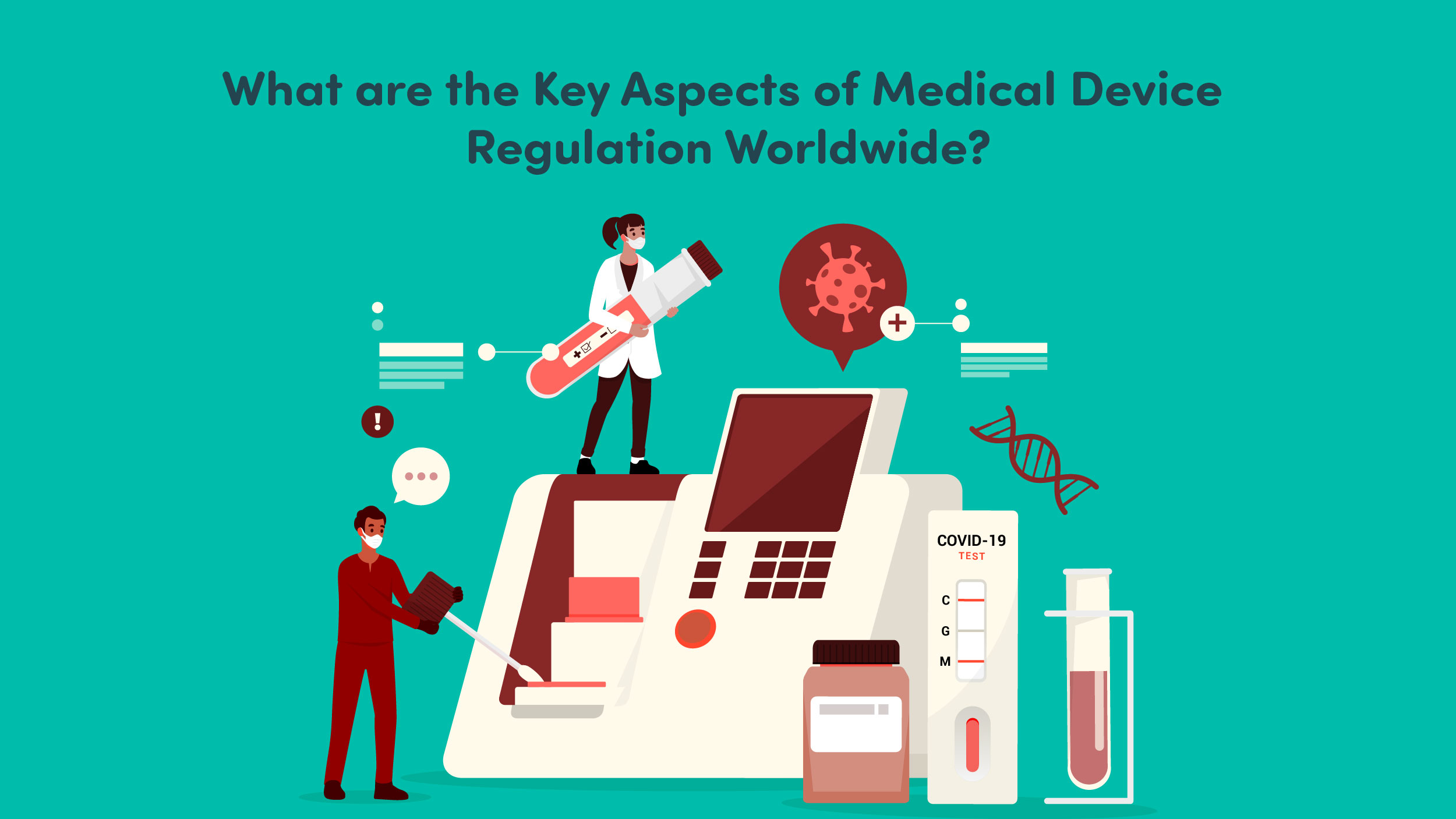Imagine a scenario where a new medical device hits the market with promising claims of improved patient outcomes and revolutionary technology. Healthcare professionals and patients alike are eager to embrace this innovation. However, what if this device hasn’t undergone rigorous testing or adhered to the necessary safety standards? This is where medical device regulation steps in, ensuring that the devices we rely on for our well-being meet strict guidelines. In this blog, we will explore the world of these regulations through relatable examples, demystifying the complexities and highlighting the importance of these regulations.
What is Medical Device Regulation?

Medical device regulation refers to the set of rules, laws, and guidelines that govern the development, manufacturing, marketing, and distribution of medical devices. These regulations are put in place to ensure the safety, effectiveness, and quality of medical devices. The specific regulations may vary across different countries and regions.
In the United States, the Food and Drug Administration (FDA) regulates medical devices under the Federal Food, Drug, and Cosmetic Act. The FDA medical device regulations cover various aspects of medical devices, including design controls, manufacturing practices, labeling, and post-market surveillance.
In the European Union (EU), medical devices are regulated by the Medical Device Regulation (MDR) (Regulation (EU) 2017/745). The MDR introduces new responsibilities for regulatory authorities and aims to enhance the safety and performance of medical devices.
Also Read: The Mobile Identity Management Revolution: What Lies Beyond the Horizon?
What are the Key Aspects of Medical Device Regulation Worldwide?

The requirements for medical device regulation can vary depending on the country or region. Here are some common aspects covered by these regulations:
- Quality System Regulation: This includes requirements related to the methods used in designing, purchasing, manufacturing, packaging, labeling, storing, installing, and servicing medical devices. It ensures that manufacturing facilities comply with quality system requirements and undergo inspections to ensure compliance.
- Labeling: Regulations govern the labeling of medical devices, including labels on the device itself and descriptive and informational literature that accompanies the device.
- Medical Device Reporting: Incidents in which a device may have caused or contributed to a death or serious injury must be reported to regulatory authorities. Certain malfunctions must also be reported. The goal is to identify and monitor significant adverse events involving medical devices.
- Conformity Assessment: Medical devices must undergo appropriate conformity assessment procedures to demonstrate compliance with regulatory requirements. This may involve conformity assessment by a notified body, which assesses the conformity of the device with applicable regulations and standards.
- Clinical Evaluation: Medical devices may require clinical evaluation to demonstrate their safety and performance. This involves assessing scientific literature, clinical data, and other relevant information to establish the device’s safety and performance characteristics.
- Post-Market Surveillance: Regulations often require manufacturers to have systems in place for monitoring the performance and safety of their devices after they are placed on the market. This includes activities such as monitoring adverse events, conducting post-market studies, and implementing corrective actions if issues arise.
It’s important to note that every country or region can have its own specific requirements. For example, the European medical device regulation has its own set of regulations known as the Medical Device Regulation (MDR), which introduced new responsibilities for regulatory authorities and aims to enhance the safety and performance of medical devices.
These are just some of the general requirements associated with medical device regulation. It’s essential for manufacturers, importers, and distributors to understand and comply with the specific regulations applicable to their target markets.
Benefits of Medical Device Regulations
Medical device regulations offer several benefits that contribute to the safety, effectiveness, and quality of medical devices. Here are some key advantages:
- Patient Safety: These regulations prioritize patient safety by establishing stringent requirements for device design, manufacturing, and performance. These regulations help ensure that devices undergo thorough testing and evaluation to minimize risks and adverse events.
- Efficacy and Performance: Regulations require medical devices to demonstrate their efficacy and performance before they can be marketed. This ensures that devices deliver the intended benefits and meet the necessary standards for effectiveness.
- Quality Assurance: Medical device regulations enforce quality system requirements, such as good manufacturing practices, to ensure consistent and reliable device production. These standards help maintain the quality and reliability of medical devices throughout their lifecycle.
- Transparency and Accountability: These regulations promote transparency and accountability by establishing clear guidelines and requirements for manufacturers. This helps ensure that manufacturers adhere to ethical practices, provide accurate information about their devices, and maintain proper documentation.
- International Harmonization: Efforts are being made to harmonize medical device regulations globally, facilitating the international trade of medical devices. Harmonization reduces regulatory barriers, streamlines processes, and promotes access to safe and effective medical devices across different countries.
- Innovation and Market Access: While regulations ensure safety and efficacy, they also foster innovation by providing a clear pathway for the development and introduction of new medical devices. By establishing regulatory frameworks, regulations promote market access for innovative devices that meet the necessary standards.
Closing Thoughts
Medical device regulations play a vital role in safeguarding patient safety, ensuring the efficacy and quality of medical devices, and promoting transparency and accountability within the healthcare industry. By enforcing stringent requirements for design, manufacturing, labeling, and post-market surveillance, these regulations provide a framework that fosters patient trust and confidence in the devices they rely on for their health.




